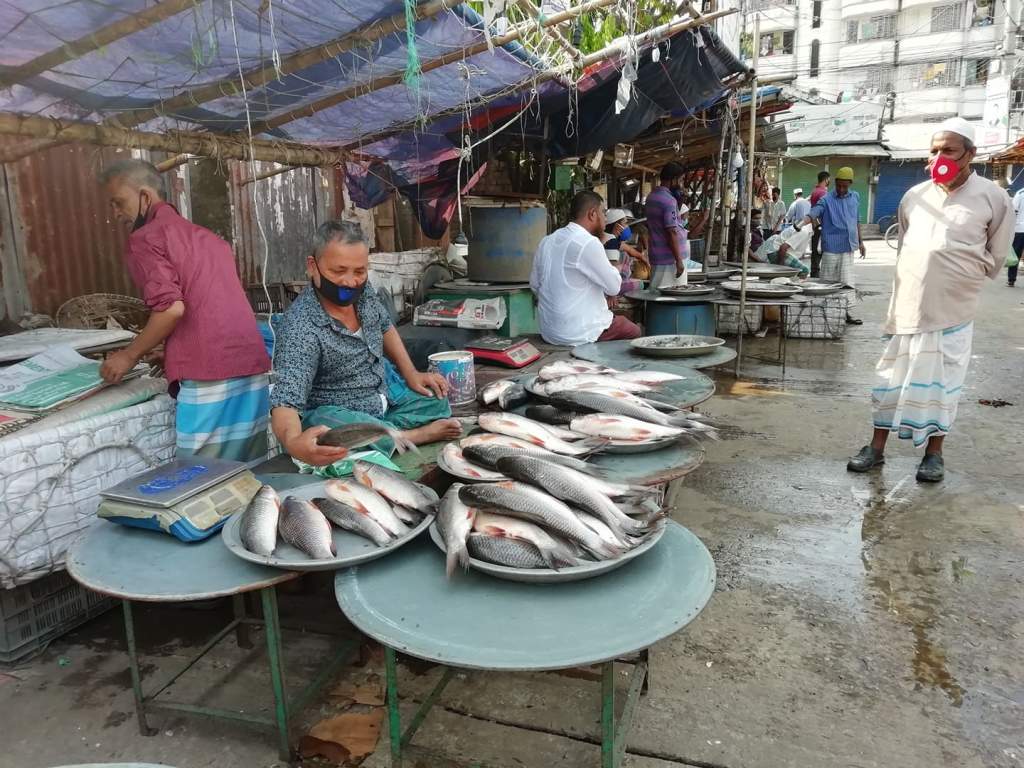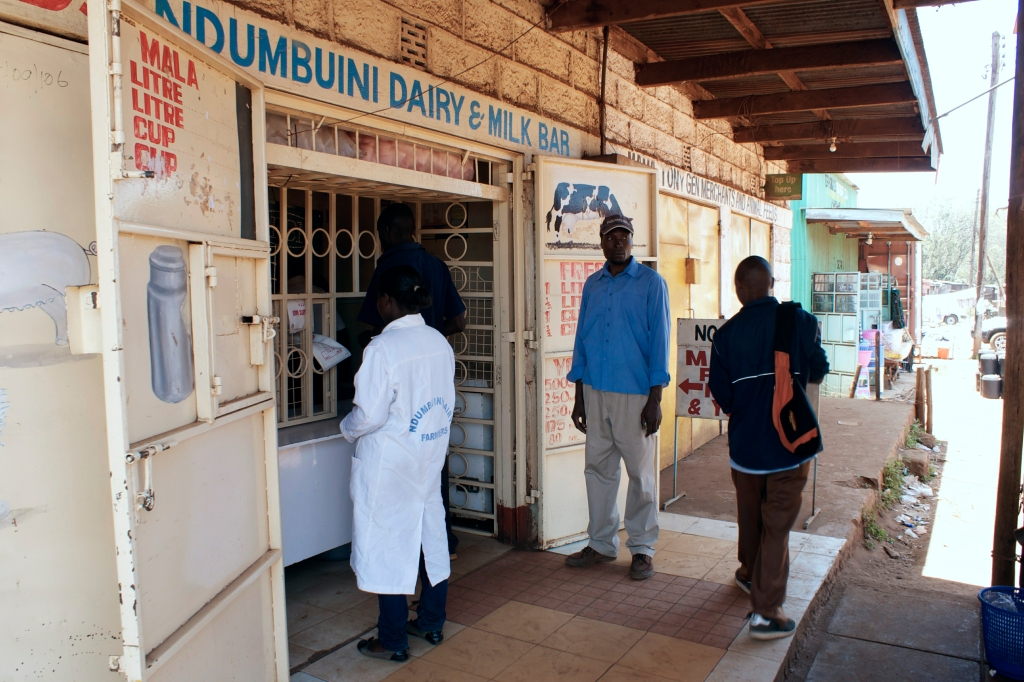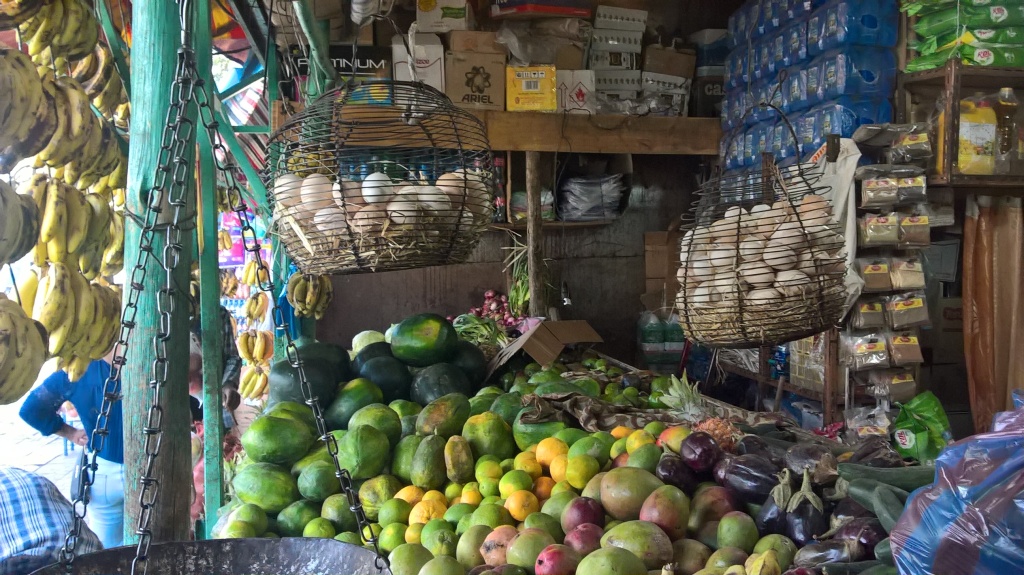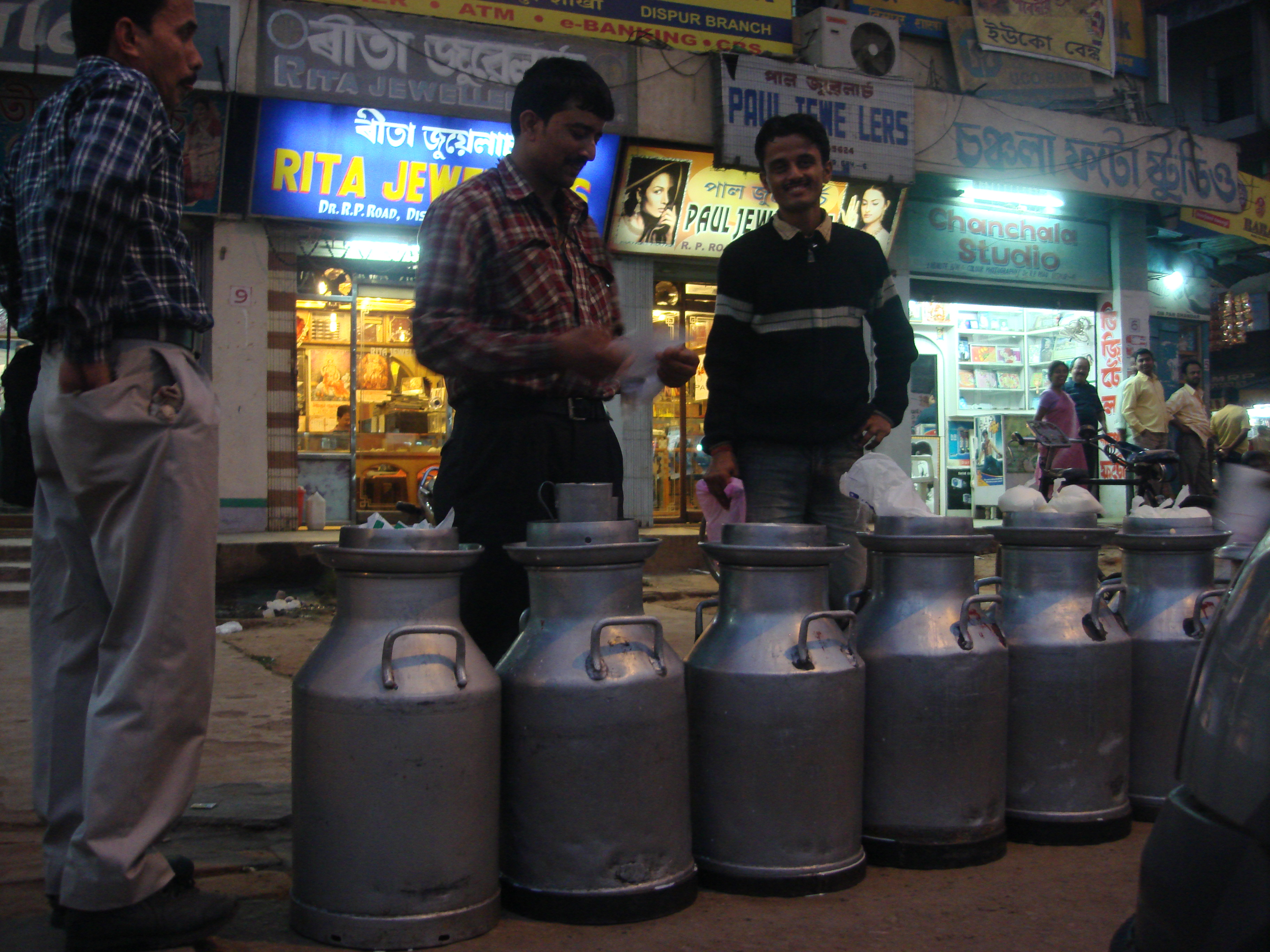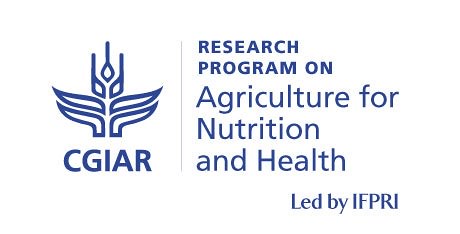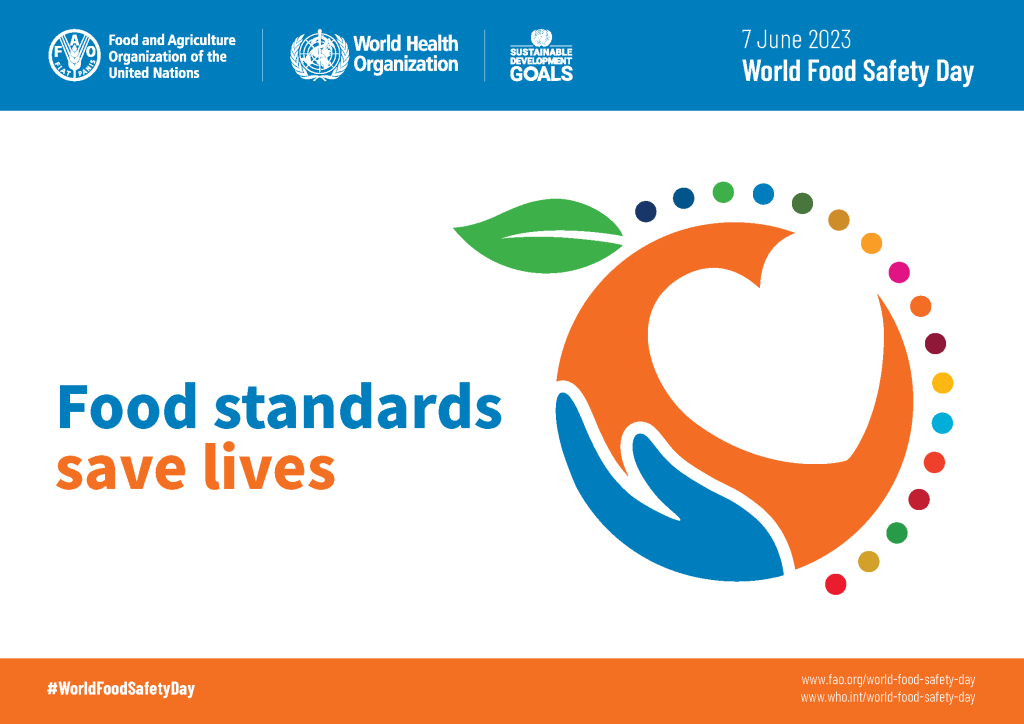
World Food Safety Day is celebrated on 7 June every year to raise awareness on food safety and inspire action to help prevent and manage foodborne risks thereby contributing to human health, food and nutrition security, economic prosperity, market access, and sustainable development. The theme this year is Food standards save lives.
The International Livestock Research Institute (ILRI) is commemorating World Food Safety Day 2023 with the launch of a new ILRI-commissioned report, New directions for tackling food safety risks in the informal sector of developing countries, by Spencer Henson, Steven Jaffee and Shuo Wang.
The report will be launched at a webinar on Wednesday 7 June 2023 at 0900 hours EDT / 1300 hours GMT /1600 hours EAT.
Despite ongoing structural changes, the food systems of most low- and lower middle-income countries are still dominated by small-scale processors, grocers, market vendors and food service operators. Unsafe food is a widespread issue in these informal food systems, with national public health implications.
Few countries have coherent strategies to effectively tackle food safety risks in the informal sector. Most of the policy attention and resources now devoted to domestic food safety in the developing world focus on strengthening centralized systems for ‘food control’.
The authors of the report argue that a different approach is needed to better tackle food safety risks in the informal sector. This would entail local action that is centrally guided, multisectoral action, rebalancing the use of sticks and carrots, and differentiating local strategies and priorities.
Register for the webinar and join us to learn more about the report and hear reactions from food safety experts.
We have also created a landing page on the ILRI website to showcase our food safety projects, publications, stories and key messages. The page also highlights the profiles of ILRI scientists involved in food safety research.
The production of the report, New directions for tackling food safety risks in the informal sector of developing countries, was supported by the CGIAR Research Program on Agriculture for Nutrition and Health (A4NH) and the CGIAR Initiative on One Health. We thank all funders who supported this research through their contributions to the CGIAR Trust Fund.
Join the online conversations by following the hashtags #FoodSafety, #SafeFood and #WorldFoodSafetyDay.
Photo credit: World Health Organization

